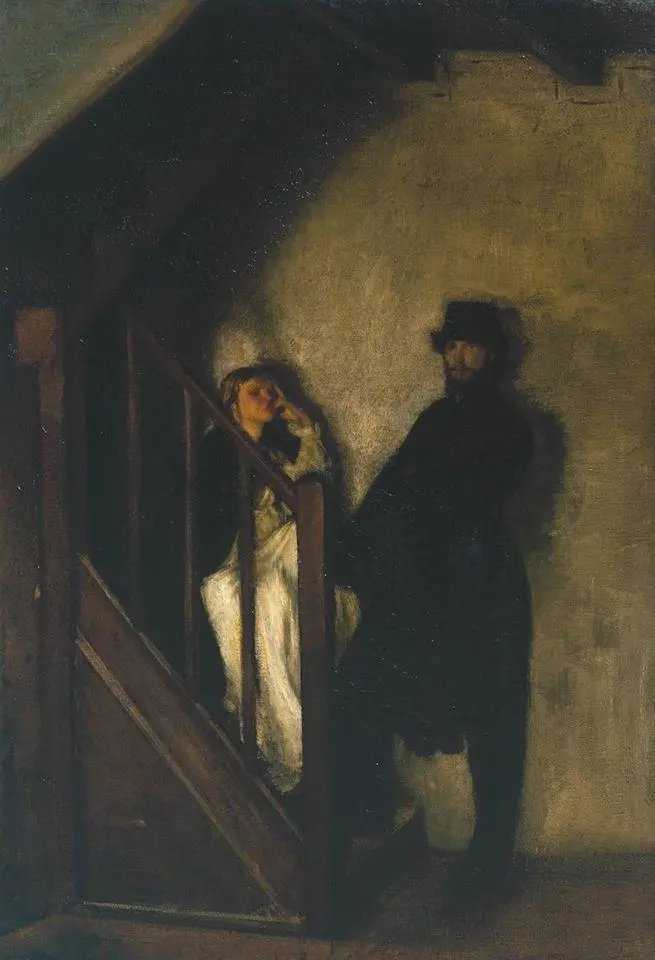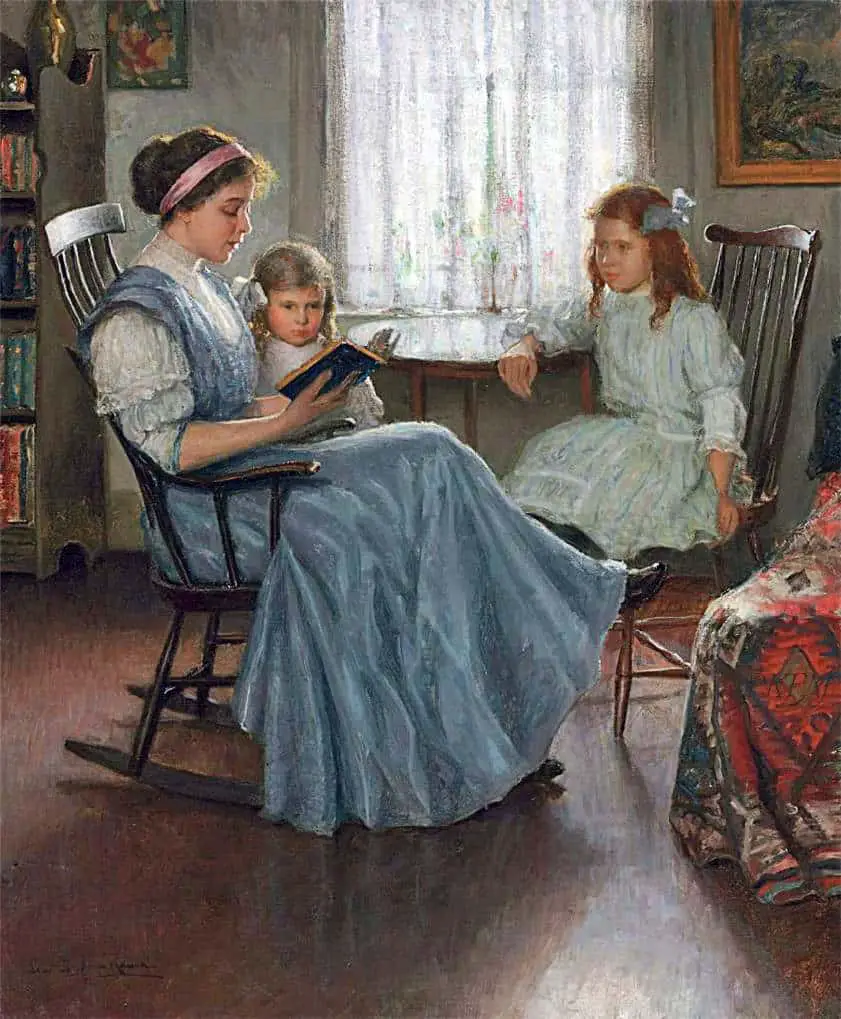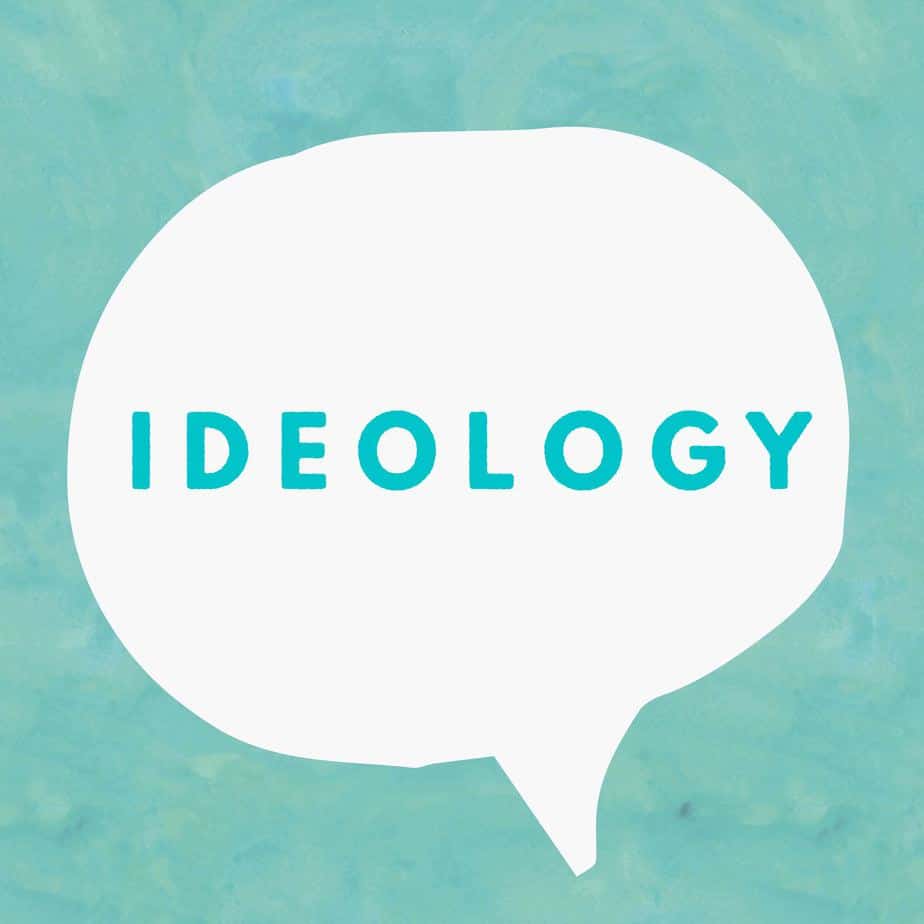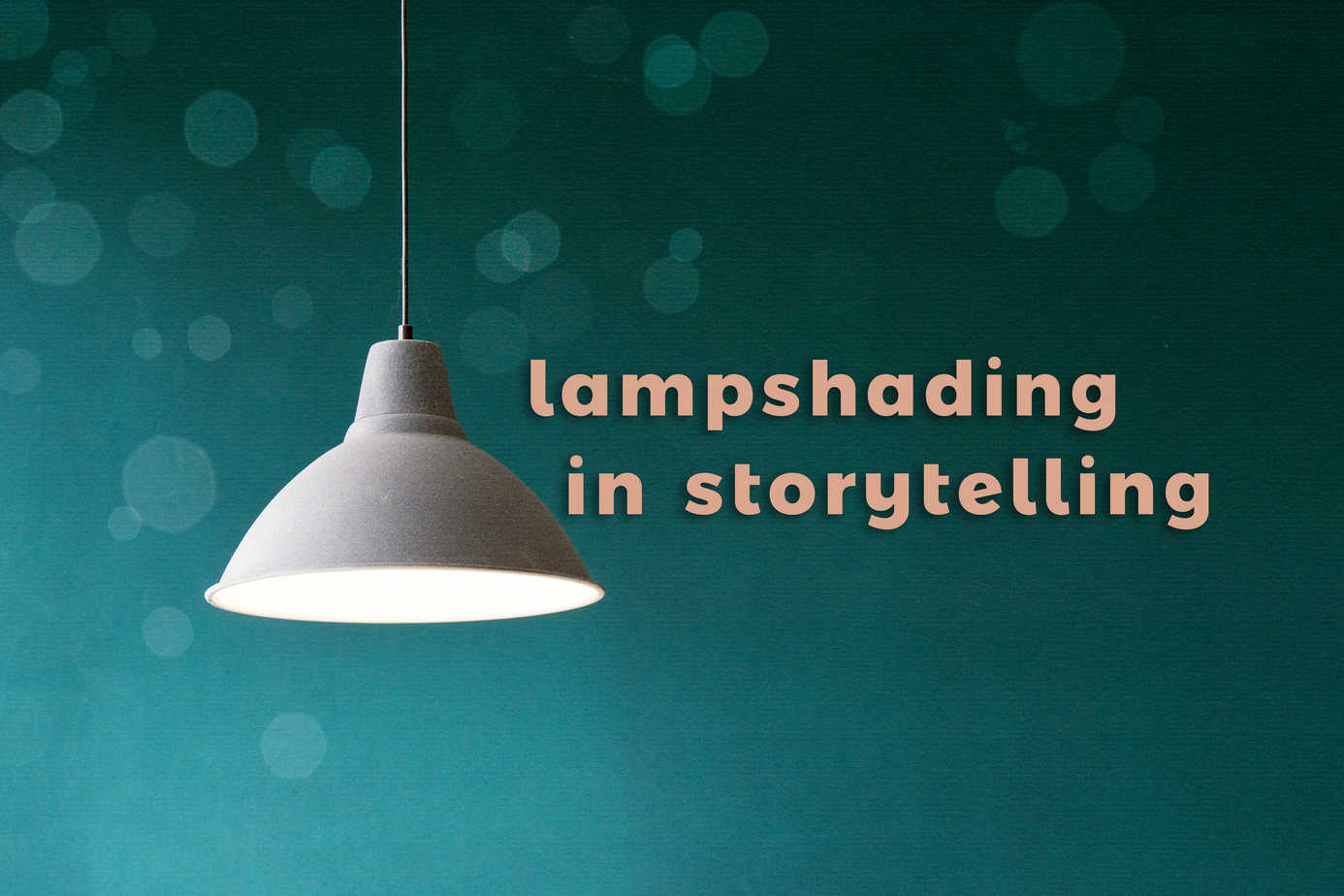-
Disneyfication Or Disneyization
Defintion of Disneyfication at Wikipedia Walt Disney, the dude, was an interesting and resourceful fella. I have respect for the man behind the mouse. I also have tons of respect for the digital artists and computer whizzes who make Disney’s visually breathtaking animated movies. Having known a few, I even respect those poor saps that […]
-
How To Write A Tall Story

The ‘Tall Tale’ is a legitimate genre of story – not necessarily an insult. Maybe it sounds like one because as kids we were told to stop telling ‘tall tales’, when in fact we just thought we were ’embellishing’ real-life happenings. (If you’ve always been a writer than I expect you might identify with that!) […]
-
Foreshadowing, Side-shadowing & Back-shadowing

You’ve probably heard of foreshadowing, but have you heard of back-shadowing and side-shadowing? These techniques have nothing to do with each other, other than that they all describe literary techniques and they all include ‘shadowing’ in the term.
-
The Carnivalesque in Children’s Literature

Carnival: In the Bakhtanian sense, “a place that is not a place and a time that is not a time”, in which one can “don the liberating masks of liminal masquerade”. Victor Turner, Dramas, Fields and Metaphors: Symbolic Action in Human Society, 1974 Children’s literature academic Maria Nikolajeva categorises children’s fiction into three general forms: […]
-
The difference between story and plot

Story is the chronological order readers discover when they ask “what happened next”? Plot is the order readers experience when they pay attention to what happens next as they read. Plotting is what storytellers do when making decisions about how to unravel their story. Storytellers don’t tell the entire story. They pull out the […]
-
Picturebook Study: The Glance Curve
The glance curve describes a Western reader’s tendency to read a picture from left to right. This affects how illustrators compose scenes. In relation to the perception of visual art, the German psychologist Mercedes Gaffron (1908-93) argued in 1950 that Western viewers unconsciously followed a basic perceptual path in looking at two-dimensional perspectival representations—a left-to-right […]
-
Possum Magic by Mem Fox and Julie Vivas
Possum Magic is a classic Australian picture book by Mem Fox. https://www.youtube.com/watch?v=BboBeS-vhjg WHAT HAPPENS IN THE STORY OF POSSUM MAGIC Grandma Poss uses bush magic to make a child possum (Hush) invisible so that Hush won’t be eaten by snakes. (I’m going to put aside the fact that snakes seem to ‘see’ via vibrations, so […]
-
What is irony in literature?

“Given a long enough time, of course, a wide enough frame, there is nothing said or done, ever, that isn’t ironic in the end.” Madame Morrible, Wicked, Gregory Maguire These notes draw heavily from a Narrative Breakdown podcast called The Power Of Irony. See also: All Good Stories Are Ironic from Cockeyed Caravan blog. Irony [is] […]
-
What does glamour mean?

The following are notes from a podcast from Zocalo Public Square: Why Do We Need Glamour? The speaker is Virginia Postrel, who has also delivered a TED Talk. Her book is called The Power Of Glamour. What is glamour? The word ‘glamour’ gets sprinkled around on magazine covers: shiny furniture, jewel tones, satin dresses. This conveys […]
-
Ideology In Children’s Literature

Every novel, every painting, every work of art with meaning contains an ideology. Every line of serious work that I have written since 1936 has been written, directly or indirectly, against totalitarianism and for democratic socialism, as I understand it. It seems to me nonsense, in a period like our own, to think one can avoid writing of such […]
-
What Is Transmedia?
Transmedia Storytelling references the process of using various parts and elements of a topic that are shared periodically via multiple means of delivery (transmedia) for the explicit purpose of drawing in, intriguing and entertaining those who are targeted to receive the transmedia. Cat Flippen And gives an example using The Matrix: Parts of the entire […]
-
Stereotypes, Tropes, Caricature and Archetypes
WHAT IS A STEREOTYPE? “Stereotype” is originally a printing term referring to the plate used to print identical copies of something, so “break[s] the mold” is an apt phrase for describing something that’s distinctly different from the stereotype. (“Mold” refers to the mold used to create identical objects, not the mold that grows on old […]
-
What’s a Hipster?
The term hipster in its present usage first appeared in the 1990s and became particularly prominent in the late 2000s and early 2010s. But there was an earlier hipster movement in the 1940s. Hipsters (or hepcats) in the late 1940s, referred to lovers of jazz, especially bebop. The first hipsters were Black. Modern hipsters are thought to […]
-
What Is A Motif, Visual Motif and Leitmotif?

What is a motif, how is it different from symbolism, and what are the different kinds?
